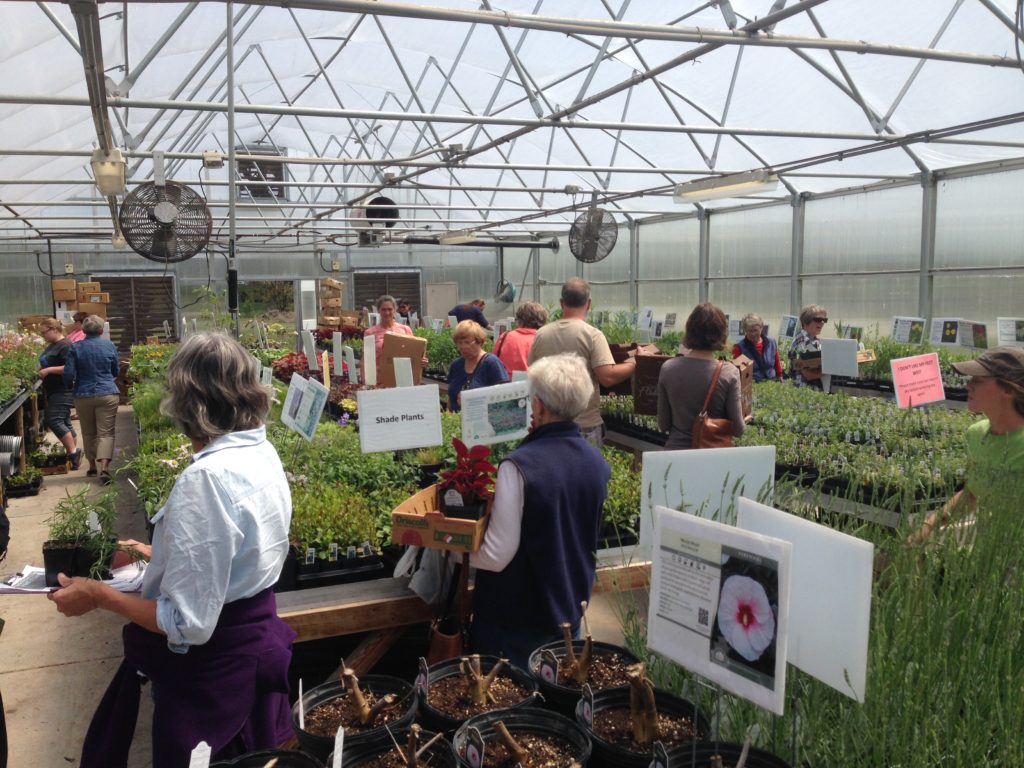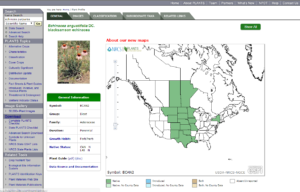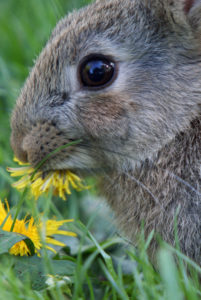At every plant sale, the same questions come up year after year…
“Which of these are native plants?”
“What is native to Kansas?”
“Why are the same types of plants in the Native and non-Native section?”
“This is a weed, why would you sell this?”
…. and many more!

Our plant sale features many midwest natives as well as ‘adaptable’ plants that are not native but make nice additions to the garden.
The average gardener may feel bamboozled by the idea that there are ‘natives’ and ‘non-natives’, ‘naturalizers’ and ‘introduced exotics’. The public is not well informed of these terms, and many plants have become imposters – invasives masquerading as innocuous beauties and beneficial natives demoted to noxious weeds. Clear classifications reveal the history and behavior of a given plant, but only if we understand the terminology! I have compiled definitions of these terms to help everyday gardeners decode the complex plant lingo. Since there are so many terms to cover, I will split this topic into two posts! This post will cover natives, adaptables, nativars and naturalizers. Stay tuned for the next installment, which will define invasive, weedy, noxious, and exotic.
What is Native?
We must use the word ‘native’ in reference to a specific place or geographical region – Native to the Mediterranean, Native to Peru, or Native to the Great Plains. Otherwise, we could label all plants native to planet earth! In general, scientists consider a plant native to North America if it existed here before European settlement and occurred naturally here during its evolution. In other words, if it required human help to get here, it is not a native species.
At our plant sale, we stock plants that are native to the Great Plains and Ozark region. We sell plants native to Kansas and surrounding states, in order to 1) provide customers with plants that survive and thrive because they are well suited to this climate and 2) get as many plants as possible into home landscapes to support the pollinators and wildlife specific to our area.

Columbus may have thought he was ‘taking possession’ of a new land, but he was also devastating native plants and peoples. Secret stowaways are hiding in the folds of those funny outfits – non-native seeds stuck on clothes and shoes from back home. Europeans brought more and more foreign plant material to the continent with every new ship that arrived. By L. Prang & Co., Boston [Public domain], via Wikimedia Commons
Adaptables and Nativars
At our plant sale, we also offer non-native plants that still perform well in our climate. We call them ‘adaptables’. Albeit a little vague, this means the non-native plant can survive in our climate and is an asset to the garden. Adaptables are often hybrid varieties of native plants. For example, Monarda fistulosa (bee balm) is a Kansas native, but Monarda ‘Cherry Pops’ is a hybrid of the New England species M. didyma. At the sale, we label such hybrids ‘adaptable’. They are relatives of our native species and perform well in the garden, but are not naturally found in Kansas.

Monarda ‘Cherry Pops’ is a showstopper, but this hybrid’s parents are native to New England. In Kansas it does well in part shade conditions that get average moisture. https://www.waltersgardens.com/variety.php?ID=MONCP
This particular adaptable can also be deemed a ‘nativar’ – a fancy term for a native plant that has been specially bred for certain traits. Monarda didyma is a New England native, but the variety ‘Cherry Pops’ is man-made from native parentage. Though not naturally occurring, botanists started with the native variety and selectively bred for vibrant color and prolific blooms. Nativars are beautiful additions to the garden and add exciting colors, but their lack of natural genetic diversity and sterility call into question their usefulness as habitat for wildlife.

The USDA Plants database is an excellent resource – search with botanical or common names to find out their native range and legal status.
Naturalized, But Still Not Native
If a plant falls under the classification ‘naturalized’, it is not and never was a native to the given area. You can identify a naturalized plant by three traits:
- It was introduced – brought here by humans, intentionally or unintentionally.
- It is well suited to the environment and can successfully reproduce on its own in the wild.
- Though it can escape into the wild, it does not upset natural populations.
A good example of this is the common dandelion. Though we think of this as a weed, (more about this tricky word in the next post!) it was intentionally brought over by Europeans as a medicinal plant. It did not require cultivation – reproducing quite successfully in the new world, dandelions are now just part of the landscape. Though it may be invading your lawn, it isn’t truly invasive because it’s not upsetting established populations of native plants. Though not native, it can still be useful! Dandelions are a food source for bees when other flowers are scarce and the leaves are relished by rabbits.

Rabbits love to forage on dandelions. Both of these species, rabbit (Oryctolagus cuniculus) and dandelion (Taraxacum) have been spread around the world by human error.
By Gidzy [CC BY 2.0 (http://creativecommons.org/licenses/by/2.0)], via Wikimedia Commons
